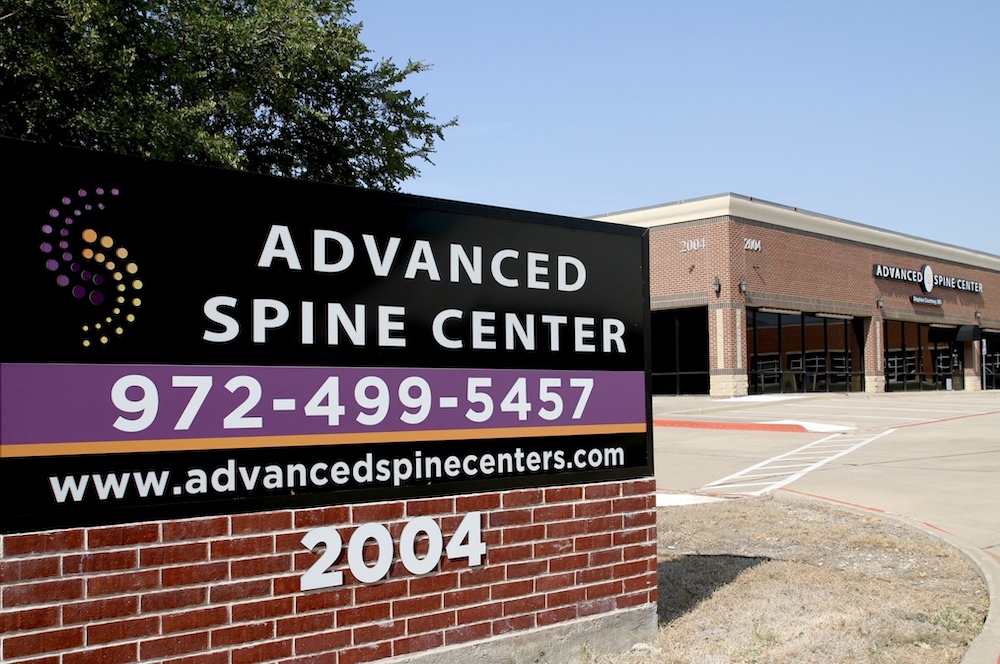Specialties
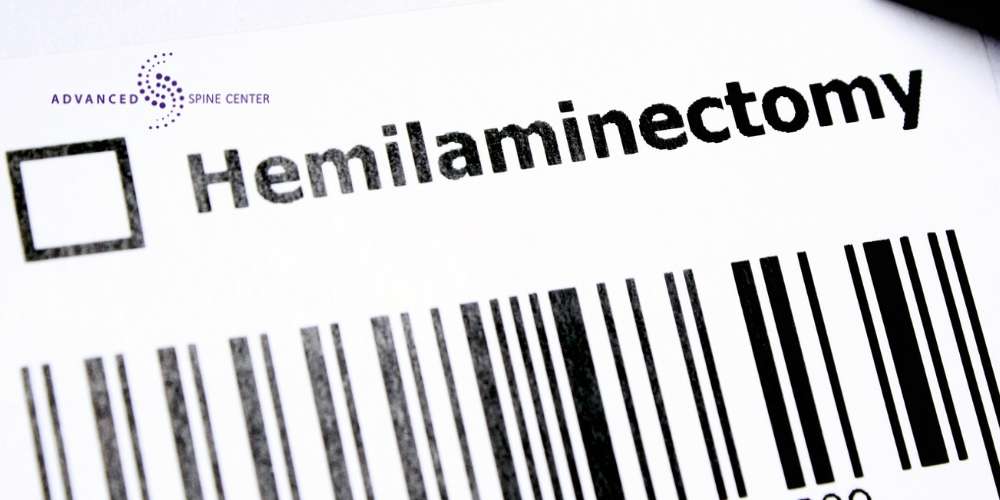
Hemilaminectomy surgery in Plano, TX, is often considered by patients seeking relief from ongoing pain. At the Advanced Spine Center, we provide this spine surgery to help address back pain and other symptoms caused by issues within the spinal canal. Our spine surgeon works closely with each patient, carefully evaluating spinal conditions and developing treatment options that may include a hemilaminectomy procedure. Contact us at (972) 499-5457 if you are seeking a surgical procedure to alleviate spine pain.
What Is a Hemilaminectomy?
A hemilaminectomy is a type of spinal procedure that involves removing part of the vertebral arch, specifically one side (Hemi-) of the lamina. This helps create more space within the spinal canal, addressing spinal stenosis and reducing pressure on the spinal cord and nerves. In many cases, this decompression surgery can help patients experience less postoperative pain, as well as relief from radiating pain and other symptoms that arise when nerve roots are compressed.
When a hemilaminectomy is performed, the surgeon removes a small amount of bone to relieve pressure on the spinal canal. By reducing nerve compression, this surgery can help alleviate spinal compression and stabilize the affected area of the spine. While not all patients are ideal candidates, those who have managed conservatively with little improvement may benefit from this approach. This surgical procedure may also help prevent further nerve damage and support a path toward feeling pain-free.
Hemilaminectomy vs Hemilaminotomy
A hemilaminotomy is similar to a hemilaminectomy but involves removing a smaller portion of bone. In a hemilaminectomy procedure, more of the vertebral arch is removed, while a hemilaminotomy trims less bone. Both can reduce nerve compression and relieve pressure on the spinal cord. However, a hemilaminectomy often creates a slightly larger space, which can help if there is significant pain due to severe spinal stenosis.
Hemilaminectomy vs Laminectomy
A standard laminectomy removes the entire lamina, whereas a hemilaminectomy only removes a portion. The hemilaminectomy procedure tends to be more minimally invasive, often resulting in less bone removal and a lower risk of spinal instability. By preserving more of the spine’s natural structure, the patient may experience less postoperative pain and quicker recovery.
Hemilaminectomy vs Laminotomy
A laminotomy removes a portion of the lamina, typically on one side. While it may sound similar to a hemilaminectomy, the difference is subtle. A hemilaminectomy often removes a slightly larger section of bone compared to a laminotomy. Both aim to address pressure on the spinal cord and nerves, potentially easing back pain and other symptoms.
Hemilaminectomy and Discectomy
Sometimes, a hemilaminectomy is combined with a discectomy. When herniated discs or a damaged intervertebral disc contribute to nerve compression, a surgeon may remove portions of these intervertebral discs during the same surgery. This combined approach can further relieve pressure and help alleviate pain. When paired with a hemilaminectomy, discectomy ensures that herniated disc material no longer presses on nerve roots.
Types of Hemilaminectomies
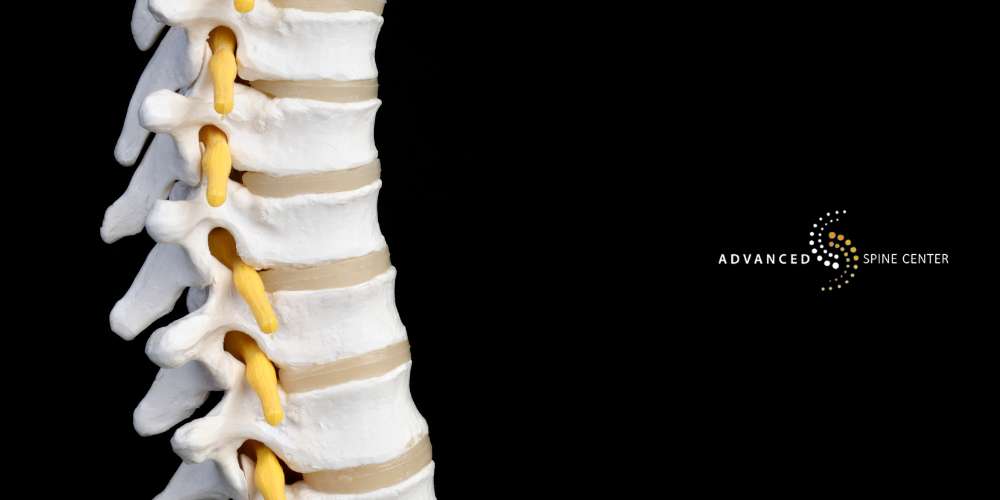
Hemilaminectomies vary depending on the affected vertebrae and the underlying spinal condition. Patients may undergo a cervical hemilaminectomy if the affected area is in the neck portion of the spine, or a lumbar hemilaminectomy if the lower back is involved. These procedures can target compressed nerves, treat bone spurs, and address spinal stenosis for patients who have struggled with symptoms that have not improved with conservative treatments.
Lumbar Hemilaminectomy
A lumbar hemilaminectomy focuses on the lumbar spine, the lower region of the spinal column. This form of surgery addresses conditions like herniated discs in the lower back. By removing a portion of the lamina in this area, the surgeon can create more room in the spinal canal, reduce nerve compression, and alleviate pain that often radiates down the leg, known as leg pain.
Lumbar hemilaminectomy surgery can also help patients with severe spinal stenosis by relieving significant pain and addressing spinal compression. The surgeon removes the problematic bone or damaged disc fragments, which may help stabilize the spine. With proper aftercare, including physical therapy, many individuals experience reduced symptoms and improved quality of life.
Partial Hemilaminectomy
A partial hemilaminectomy removes a smaller portion of bone. This approach can protect back muscles and maintain spinal stability. Though partial, it can still relieve pressure on the spinal canal and spinal nerve. Patients often experience less postoperative pain and a shorter recovery time. In many cases, this is considered a minimally invasive approach that uses a small incision.
Bilateral Hemilaminectomy
A bilateral hemilaminectomy removes portions of the lamina on both sides, granting the surgeon better access to the spinal canal and nerve roots. This type of hemilaminectomy procedure can address multiple areas of nerve compression at once. While it may involve removing more bone, it can be performed as a minimally invasive surgery, reducing blood loss and lowering the chance of long-term nerve damage.
Is Hemilaminectomy a Major Surgery?
Although a hemilaminectomy is considered a spine surgery, it typically involves removing less bone than a full laminectomy. This can mean a lower risk of spinal instability. Patients generally undergo general anesthesia, and while this is still a significant intervention, it often results in fewer complications than more invasive techniques. Conservative treatment options may be attempted first, but when pain and symptoms persist, this procedure can be a reasonable next step.
Hemilaminectomy Procedure Explained
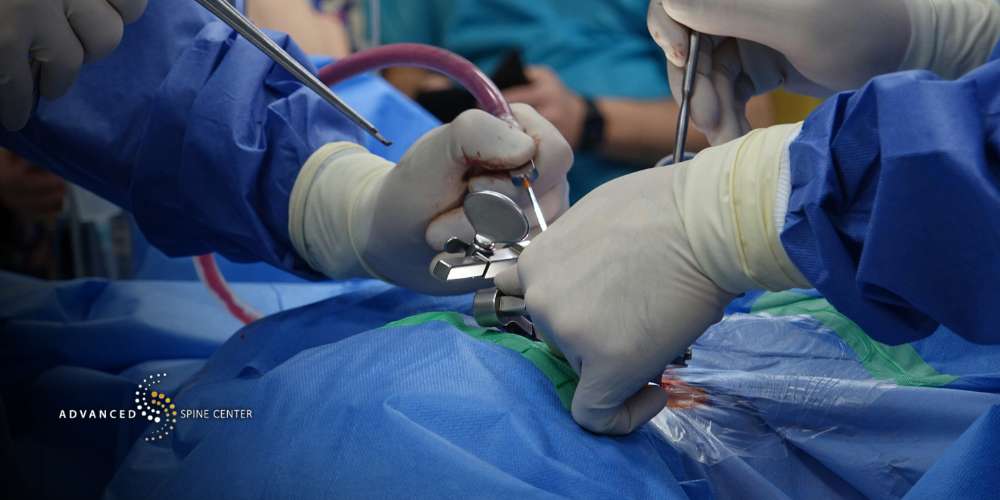
During the hemilaminectomy surgery, the spine surgeon makes a small incision in the affected area. The surgeon removes part of the vertebral arch, which may include removing bone spurs or addressing a herniated disc. The surgeon helps relieve pressure on the spinal cord, nerves, and intervertebral discs by carefully removing excess bone and sometimes damaged disc fragments.
The entire surgery typically takes a few hours under general anesthesia. The goal is to alleviate spinal compression, address pinched nerve issues, and open the spinal canal to reduce nerve compression. Afterward, patients may be prescribed pain medications to manage discomfort. Physical therapy is often recommended once healing begins to help restore movement and flexibility.
Hemilaminectomy Recovery
Recovery usually takes four to six weeks before patients return to many normal activities. During this period, many find that physical therapy exercises help strengthen the back muscles, improve spinal stability, and alleviate pain. Pain-free movement is often achievable once healing is well underway.
Patients who follow their prescribed physical therapy plan, take pain medications as directed, and protect the affected area often experience steady improvement. While there may be some postoperative pain, patients frequently notice less postoperative pain compared to more invasive spine surgery. Conservative treatments like rest and gentle stretching can also help with ongoing symptoms.
Potential Hemilaminectomy Complications
Although hemilaminectomy is generally considered a safe spinal procedure, there are potential complications to be aware of:
- Possible nerve damage, infection, or insufficient relief from symptoms.
- Spinal fusion may be needed if the hemilaminectomy does not address underlying instability.
- Not all patients will achieve complete relief.
Following recommended guidelines and working closely with a medical professional can reduce potential risks and complications.
When Should You Consider a Hemilaminectomy?
Patients with persistent back pain, neurological symptoms, or radiating pain from compressed nerves that have not improved through conservative treatments often consider a hemilaminectomy. If pressure on the spinal structures causes significant pain and other symptoms, and if herniated discs or a damaged intervertebral disc contribute to spinal stenosis, this decompression surgery might be appropriate.
Spinal Stenosis
Spinal stenosis involves narrowing of the spinal canal. This condition can create persistent pressure on the spinal cord and nerve roots, leading to pain, numbness, and difficulty moving. A hemilaminectomy can help relieve these symptoms by carefully removing bone and possibly addressing intervertebral discs.
Issues With the Spinal Cord or Spinal Nerves
Problems affecting the spinal cord or spinal nerves often cause pain, weakness, or numbness. These issues can sometimes be managed conservatively, but when such spinal conditions lead to ongoing discomfort, surgery may help. A hemilaminectomy procedure can address nerve compression and support a healthier spine.
Spinal Canal Deformities
Certain deformities within the spinal canal can cause discomfort and limit normal movement. Adjusting the vertebral arch by removing bone with a hemilaminectomy can create the necessary space. Over time, this may help patients experience fewer symptoms and regain mobility.
Contact the Advanced Spine Center for Hemilaminectomy Surgery in Plano
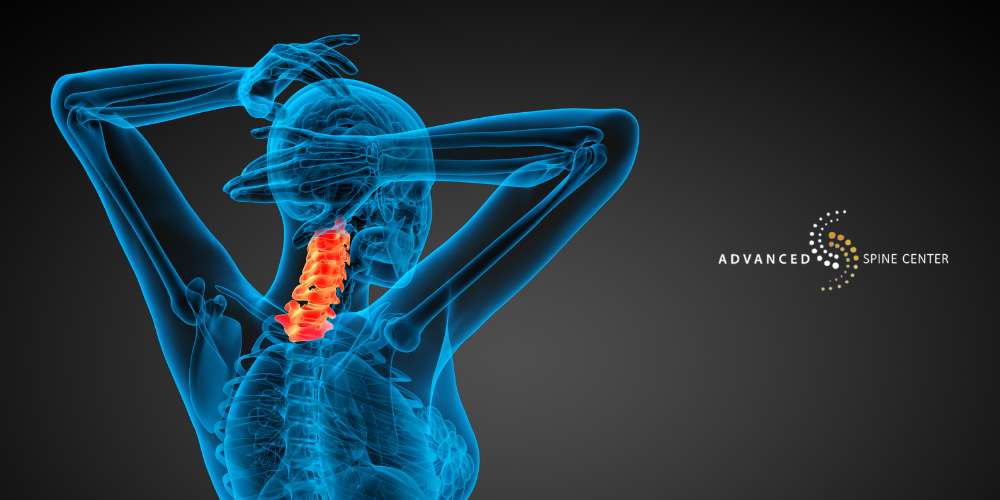
If you are in Plano, TX, and struggling with back pain, spinal stenosis, a pinched nerve, herniated discs, or other symptoms not improved by conservative treatments, call the Advanced Spine Center at (972) 499-5457. Our spine specialists can determine if a lumbar hemilaminectomy or cervical hemilaminectomy is suitable to alleviate spinal compression, relieve pressure, and help restore comfort and mobility. We focus on minimally invasive techniques and strive for lower-risk approaches that can lead to fewer limitations over the long term.
Whether your spinal condition involves damaged disc material, bone removal, or nerve compression, the Advanced Spine Center in Plano is ready to assist you. Contact us today to explore your treatment options and discover long-term solutions for lasting relief.
